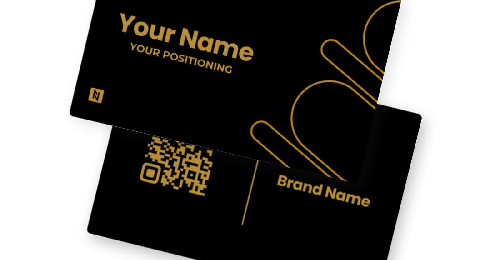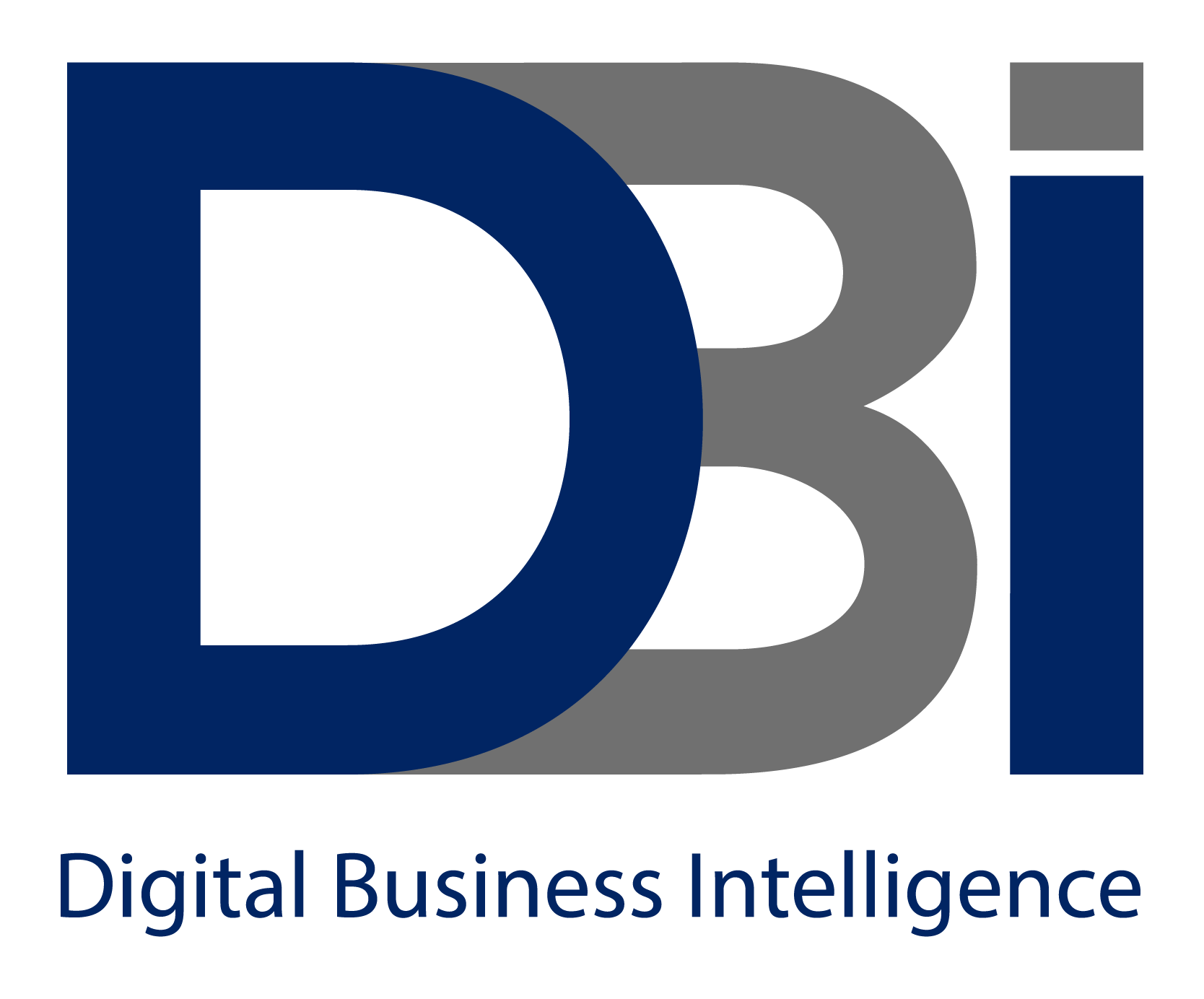The new Google best practices guide tries to alleviate advertising concerns about using an automated keyword and bidding approach.
Google has published a Search Ads Automation Guide that outlines some best practices for using automation to reach out to customers. For certain marketers who are skeptical of automation in general, this advice is a long time. According to a recent post in Search Engine Land, adoption of automation and suggestions is overwhelmingly positive, but satisfaction is low, with more than half of users reporting a negative experience.
This new guide aims to address customers’ worries and queries about automation, as well as alleviate the fears that most marketers have about relinquishing control over their keywords and bids.
Use a broad match keyword strategy as the first best practice. Broad match keywords have historically resulted in wasted ad spend and unnecessary clicks for advertisers. There don’t appear to be any new features or changes for broad matches. However, Google is striving to assist customers in better understanding why they should utilize them and which bid strategy will have the greatest impact on their accounts. “Broad match keywords work best with Smart Bidding since it guarantees you only bid on searches that are predicted to perform well for you,” according to Google.
The use of clever bidding tactics is the second best practice. According to Google, advancements in automation and machine intelligence will make it easier to set up and manage ads. The tutorial goes into great detail on why broad keywords are best served by a sensible bidding structure. Veteran advertisers, on the other hand, know that making too many account changes at once, especially when transitioning to a hands-off automated approach, might hurt performance. In general, testing smart bidding tactics is a good idea, but be wary of spending, conversion adjustments, and general recommendations from your Google person on the subject.
Use responsive search advertising as the third best practice. “Use numerous headlines and descriptions to automatically generate and offer relevant advertisements for every query based on auction-time signals,” according to Google. This is a plan we can support. Responsive search advertisements provide some automation, but only within your defined constraints. By designing various headlines and descriptions for your advertisements and allowing Google to present the most relevant combination to your audience, you keep control of your ads.
The direct. All information is taken from Google’s direct “Unlock the Control of Look: Interior Look Mechanization with Google Ads.” The direct is long at 28 pages and likely makes for extraordinary sleep time perusing. The direct highlights a promising but nonspecific case ponder from Tails.com (a pet nourishment company for which Nestle Purina Petcare is their greatest speculator) but gives no knowledge into their (what was likely a huge) budget and advertisement spend, which is data most businesses would be inquisitive about knowing.
Why do we care? Google’s endeavors at getting their clients to get it robotization is likely an endeavor to urge more people to not as it were receive the most excellent hones they characterize but to leave those campaigns running long sufficient to see results. For numerous promoters, this can be essentially not conceivable. On the off chance that you have got an expansive budget, go ahead and test these procedures and best hones. But as distant as letting your campaigns run on autopilot, or terminating your office, we’re not there, however.








